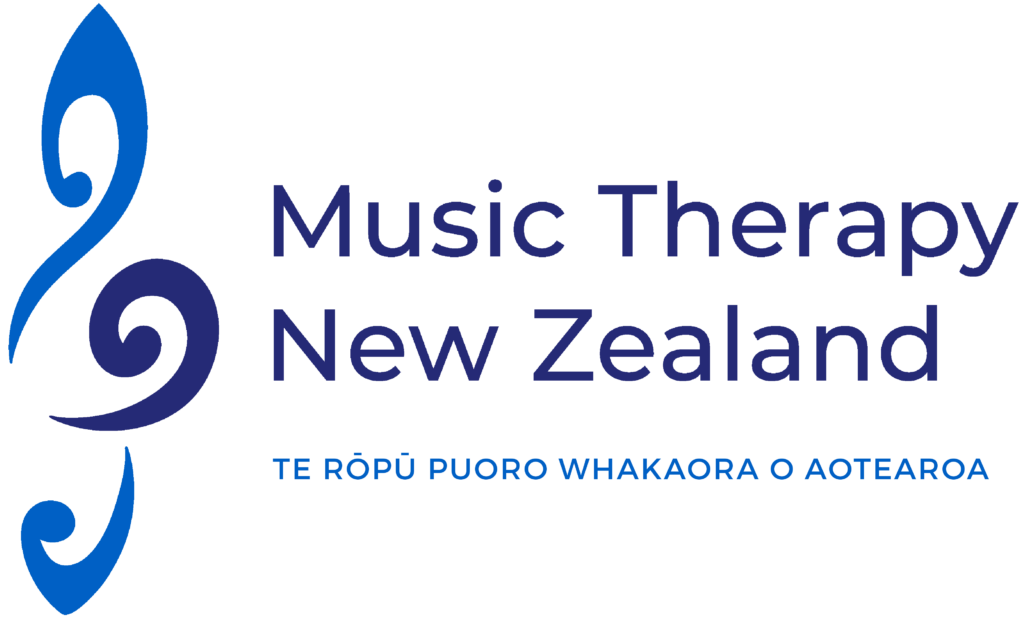Whitehead-Pleaux, A., & Tan, X. (Eds.). (2017). Cultural Intersections in Music Therapy: Music, Health, and the Person. Dallas, TX: Barcelona Publishers.
Reviewer: May Bee Choo Clulee
BSc, MA (Music Therapy), NZ RMTh
Raukatauri Music Therapy Centre and private practice
Culture has always fascinated me, as someone with a myriad cultural intersections in my own personal and professional life. I am of Chinese and Peranakan1 heritage; I grew up in a multiracial society in Singapore, a former British colony, and English is my first language. I completed my music therapy training in England and now live and work in New Zealand (NZ), married to a “Kiwi” of English and Scottish heritage. I thus welcomed the invitation to review a book that explored the topic of culture and music therapy from a personal perspective. I also felt that, more important than what I could speak about this book, this book had something to speak to me, and to those of us who live and work in NZ, where conversations about culture often challenge the dominant discourse.
Cultural Intersections in Music Therapy: Music, Health and the Person is a book exploring culturally competent music therapy, through the first- person voices of music therapists. Written mainly for the North American context, the book brings together contributions by music therapists from around the USA and Canada – plus one from the Kingdom of Bahrain – each with personal and professional experiences of minority cultures, the focus of the text. The book had its beginnings in 2006. Whitehead-Pleaux and Tan shared similar wonderings about how to develop cultural competency in their music therapy work with people from different cultures. They co- chaired the Multicultural Music Therapy Institute at the American Music Therapy Association’s 2012 conference. The Institute featured a panel of 12 presenters who contributed to a manual for participants, eventually expanded and published as the present 298 page book.
I was already drawn in after reading the first paragraph of the preface: the editors described how Ken Bruscia accepted their book proposal within two hours of submission! With tremendous anticipation, I continued to turn the pages, and although the book was challenging I was not disappointed. The authors address issues which are at times deeply personal and confronting, and evoked personal experiences for me which resonate alongside the narratives within these pages.
The purpose of the book is:
To bring to the forefront of our consciousness the notion that the world is becoming more culturally pluralistic, that it is becoming increasingly challenging to define and pigeonhole any one individual into a cultural corner fenced in by myths, assumptions and stereotypes.
(p. xi)
This bold purpose at times reads with a sense of urgency. It is something we may find uncomfortable to engage with, but it urges us to confront these issues personally and professionally, that we might be both better people and better therapists. This purpose is worked out clearly and methodically through the book’s thoughtfully considered design and content. It is well organised into three broad sections:
• Unit I, “Understanding discrimination, oppression and bias” provides an understanding of the current systems that limit the minority voice from being heard;
• Units II-V examine different aspects of culture (discussed below); and
• Unit VI is solution-focused, addressing issues of inclusion in music therapy education and practice, and urging active participation from the music therapy community as advocates for minority cultures.
Unit 1 introduces the reader to some of the current thinking around oppression and discrimination, microaggression, and personal bias, by drawing from relevant models in psychology, multicultural counselling, and critical race theory2. It challenges the reader to self-reflection around personal bias in everyday professional practice, and the need for self- awareness and to take personal responsibility to address and navigate potential culturally complex situations wisely. These terms and concepts are used in discussions in other fields, such as education, racism, and Kaupapa Māori3 research, and are beginning to impact music therapy.
The first chapter, “Discrimination and Oppression”, by Whitehead-Pleaux, sets the scene by first defining key themes of oppression and discrimination. The author introduces the theory of the matrix of domination, developed by Patricia Collins a Black4 feminist writer (Collins 1990). This matrix encompasses different forms of oppression, and can be used as a tool for self-examination. Collins also introduced the concept of intersectionality – the interaction of the various forms of oppression. Whitehead-Pleaux and Tan allude to this term in the title of their book.
The 23 chapters of the next four units, “Cultures of Heritage”, “Cultures of Religion”, “Cultures of Sexual Orientation and Gender”, and “Cultures of Disability and Survivorship”, are all structured similarly around ten themes, to highlight the intersections of culture, health, music and the individual:
• Personal reflection or epoch;
• Introduction;
• Worldview of the culture(s);
• Historical realities versus popular myths;
• Diversity within the culture(s);
• Acculturation and assimilation;
• Minority stress, minority discrimination and microaggressions;
• Meaning of medicine and well-being in the culture(s);
• Meaning and function of music in the culture(s); and
• Conclusion.
This structure made it easy to locate information.
While I have not yet read every chapter in its entirety, I found that reading a number of key themes in each chapter provided a good overview of each culture. I read in particular detail the chapter on East and South East Asia Culture, which I identify with, and found myself disagreeing with some aspects of the text – which demonstrates the diversity even within a particular narrowly defined culture! Overall, I feel that these chapters provide an excellent starting point to exploring many minority cultures. Despite being written for the North American context, they have many overlaps with our context, and speak in one way or another to our bicultural heritage and increasingly multicultural landscape.
I found the overall style of the book accessible. The central arguments are compelling and warrant further study and research. Every chapter is supported by current references and other useful information about the cultures discussed. To underscore the context of the individual’s voice, each chapter begins with a narrative about the author’s own experiences of culture, oppression and discrimination. This provides important insights to the author’s point of view, grounded in personal experience. It brought to mind the Māori mihi5, in which speakers introduce themselves to establish links with other people, with reference to their whakapapa6 and places of significance.
The book is in US letter size (a common, large textbook size) and formatted in a double column style. The simple visual layout sharpened the focus on the content. While the overall format facilitated ease and speed of reading large chunks of text, at times I found the small font and narrow spacing an uncomfortable read. The narrow margins also do not allow much room for “scribblers” (of whom I am one!) to make our own annotations. The book makes a number of references to North American organisations, events and cultural icons that may not be familiar to the international reader – perhaps in a future edition these could be footnoted.
The book is “designed to be a journey for the reader” (p. xiii) and it is hard not to be impacted by this book in some way. In the Conclusion, the editors suggest that the path towards culturally competent music therapy involves more than just awareness, learning and listening. An invitation is issued to look honestly inward at who we are and how we relate to others, and to reflect on our responses to issues of power and privilege.
The main takeaway for me from this book is that we need to continue the conversations that have been started about cultural intersections in music therapy in our NZ context. In light of this I was prompted to do a brief literature review on the topic of culture, music and music therapy in the NZ context. One of the contributors to Cultural Intersections in Music Therapy, Sangeeta Swamy (chapter 6) has presented and published in NZ (Swamy, 2013, 2014). I encourage readers to explore this and NZ thinkers in music therapy and related fields (Ayson, 206; Bowden, 2015; Fletcher, 2014; Hodgson, 2017, 2018; Hoskyns & Hadley, 2013; Kahui, 2008; Kahui & Hadley, 2013; McIvor, 1998; Nunns, 2001; Rollo, 2013, 2015; Stevenson, 2009; Storie, 2017; Willis, Watson & Talmage, 2014). See also Molyneux’s (2017) review of an indigenous approach to mental health.
I am still taking time to consider the theories and arguments put forth in this book, which has shone a spotlight on a challenging topic. I highly recommend this book to everyone who wishes to explore these issues more fully.
Notes
- The term Peranakan generally refers to people of mixed Chinese and Malay/Indonesian heritage. Many Peranakans trace their origins to 15th-century Malacca where their ancestors were thought to be Chinese traders who married local women. While some Peranakans have retained many of their particular cultural practices, many have assimilated into the larger Chinese community today. For further information, see http://eresources.nlb.gov.sg/infopedia/articles/SIP_2013-08-30_181745.html.
- Critical race theory is a framework that may be used to examine racial bias in institutional structures. Central to this theory is the concept of colour-blindness, which is described as a white resistance to seeing issues of race (MacDonald & Reynolds, 2017, p. 48).
- Kaupapa Māori: Māori worldview
- The book uses the terms Black and White to describe a person’s ethnic heritage, as commonly used in the North American context.
- Mihi: speech of greeting and introduction
- Whakapapa: genealogy


